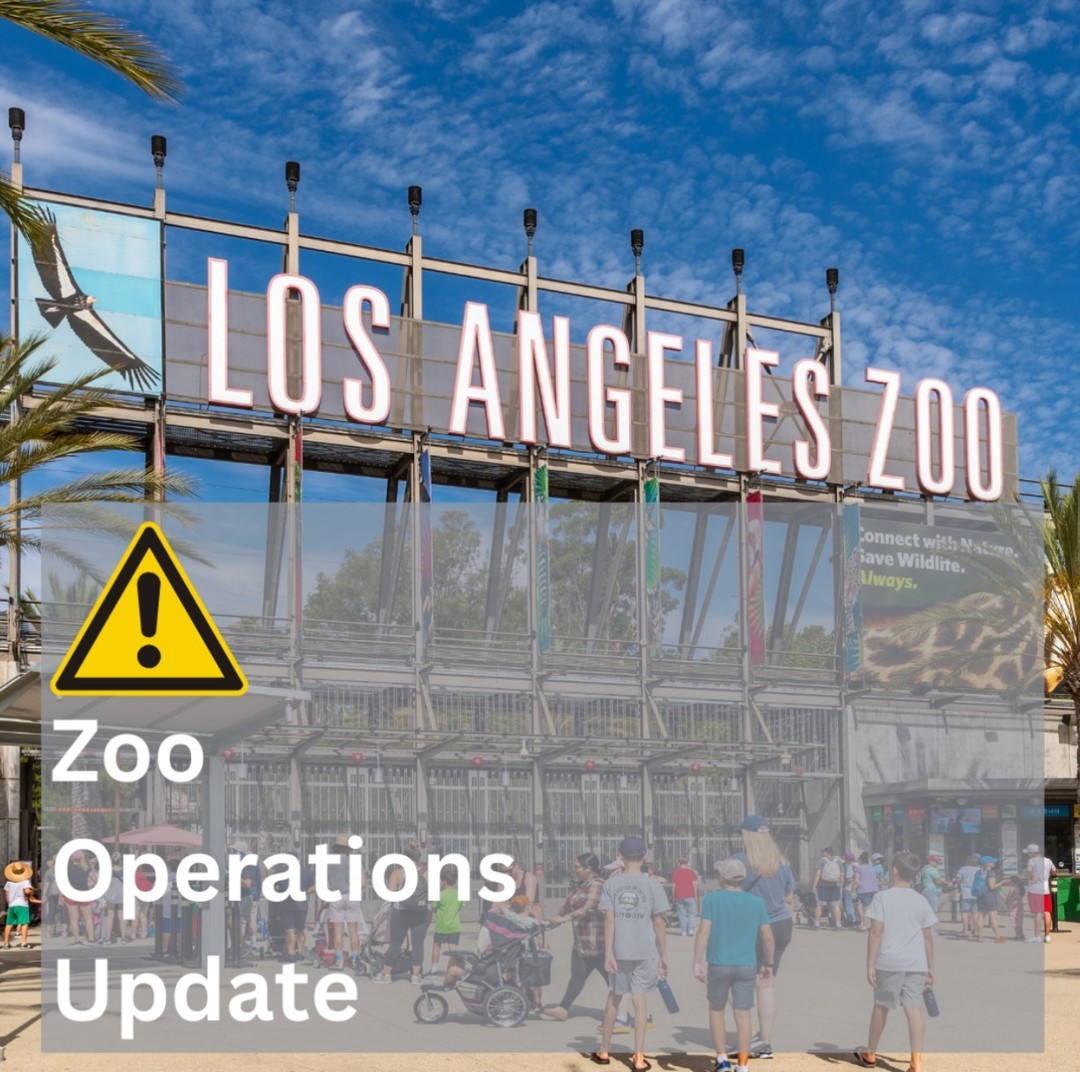- Understanding the impact of extreme weather conditions on zoos and their decision-making processes.
- The importance of prioritizing safety for zoo guests, staff, volunteers, and animals during adverse weather events.
- The role of zoos in wildlife conservation and how they adapt to environmental challenges.
- The significance of using digital platforms for communication during operational disruptions.
- Exploring the broader implications of zoo management and planning in response to climate variability.
Extreme weather events pose significant challenges to zoos, affecting both operational and strategic dimensions. When faced with unusually dangerous winds, such as those necessitating the temporary closure from January 7 to January 9, zoos are compelled to re-evaluate their risk management protocols meticulously. These extreme weather conditions can threaten the structural integrity of zoo facilities and the safety and well-being of both humans and animals. In this context, zoos across the globe must develop comprehensive emergency preparedness plans that are agile enough to mitigate risks while ensuring continuity of care for their animal inhabitants.
Environmental safety is a paramount consideration for zoos. By deciding to close to the public, as was the case recently, zoo administrations put the safety of visitors, employees, and animals at the forefront. This decision illustrates a vital proactive stance in response to impending environmental threats. The integration of real-time weather monitoring systems can provide zoos with the critical information needed to make informed decisions ahead of adverse conditions. During times when safety is uncertain, maintaining occupant security – from zoo staff to the captive wildlife – becomes an integrative process encompassing structural assessments, secure containment, and relocation if necessary.
Zoos are essential stewards of wildlife conservation, emphasizing the importance of protecting endangered species and maintaining biodiversity. Extreme weather conditions highlight the adaptive measures these institutions must take to continue their conservation efforts. For instance, species-specific shelters can help protect animals vulnerable to environmental fluctuations. Zoos frequently collaborate with climatologists, veterinarians, and other experts to refine their conservation strategies, staying abreast of climatic variations that could impact their conservation endeavors. This collaboration is crucial to ensuring a responsive and informed approach to wildlife conservation amidst environmental uncertainties.
Communication strategies are instrumental in maintaining public engagement during events such as closure due to severe weather. By leveraging social media platforms and dedicated websites, zoos can disseminate timely updates and critical information effectively. These communication efforts not only ensure public safety but also help maintain the trust and engagement of the community. Digital outreach allows zoos to continue educating the public about wildlife conservation efforts and enlist support for their cause, even when physical access to the facility is temporarily unavailable.
The operational adjustments required during adverse weather extend beyond closure decisions. Zoo management must anticipate and respond to the multifaceted challenges presented by climate variability. This includes safeguarding animal health through temperature regulation and diet modifications, adapting infrastructure to withstand climate stressors, and planning human resources allocation. Furthermore, zoos must factor in potential changes in visitor foot traffic and economic impacts associated with weather-related closures. The capacity of a zoo to resume normal operations post-disruption hinges on its readiness to tackle these challenges and resume its conservation mission.
In summary, extreme weather events emphasize the need for zoos to be prepared and adaptive to ensure the safety and protection of their diverse ecosystems. Such preparedness affirms their commitment to wildlife conservation and public safety, ensuring that they remain vital custodians of biodiversity in an era of increasing climate unpredictability.
*****
Source Description
Due to the unusually dangerous winds being experienced and anticipated throughout the day, the Zoo will remain closed to the public through Thursday, January 9. We will continue to assess the situation and the ability to reopen on Friday, January 10.
The decision was made out of an abundance of caution with the priority being the safety of our guests, staff, volunteers and animals.
Please stay tuned to our social media channels and www.lazoo.org for any further operational updates related to the storm.


